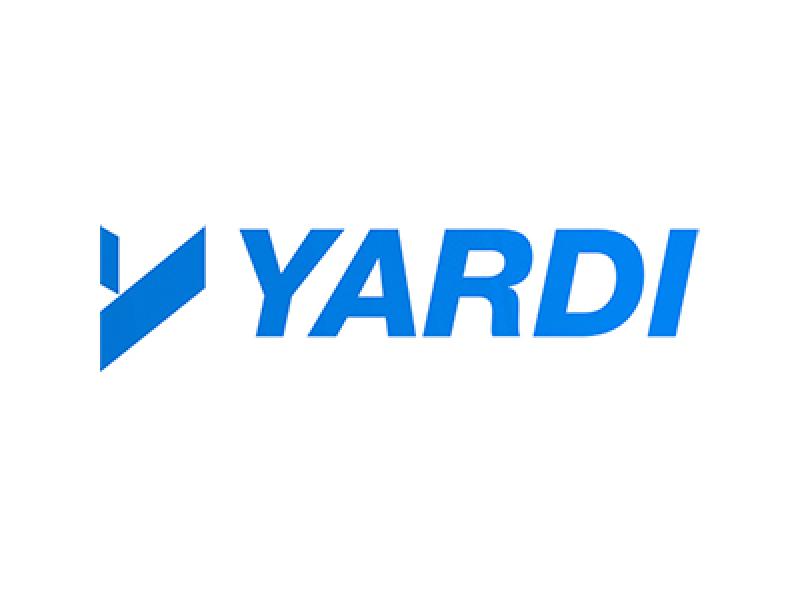It’s heartening that growth in the Canadian real estate industry offers a sign that recovery from pandemic-driven slowdowns is in full swing. As the rebound progresses, three emerging trends will strongly influence the future of property management:
Space as a service
Almost two years of pandemic-enforced remote work have instilled a greater appreciation of flexibility and mobility among workers. Coworking arrangements offer both. The Gensler Research Institute estimated the global market value for flexible workspaces at $26 billion in 2019.
Companies are starting to realize the value of coworking to attracting talent, promoting work satisfaction and reducing leasing costs. Traditional office space isn’t obsolete, but workers want, and often need, to work from multiple settings. Despite the COVID-19 pandemic, Gensler says, the industry will continue to grow and thrive after the pandemic.
Shared space operators, in turn, are adapting to the increased demand by managing operations, accounting, marketing, lead management, voice and communications services from a single technology platform.
What that means is that the traditional office model will no longer be the sole, and perhaps not even the dominant, work model. Efficiency and connection will supersede physical proximity, with technology capable of uniting distanced workers serving as the enabler. There’s no longer a single definition of “the office.”
ESG
An array of real estate stakeholders, including prospective and current employees, shareholders, investors and surrounding communities, increasingly take environmental, social and governance performance into account in their decision-making. As ESG data and its tie to overall performance become more widely available, the potential of ESG to influence virtually all aspects of business performance, from energy management to due diligence, risk assessment, architecture and design, will only increase over time.
“More and more investors are integrating ESG risks into their investment process. Given the large size and specialized nature of real estate assets, the investment community has demanded sophisticated tools to more accurately identify real estate companies that own more sustainable properties and integrate this information seamlessly into their investment process,” Michael Orzano, a senior director for S&P Dow Jones, and Sander Paul van Tongeren, GRESB’s managing director and co-founder, jointly noted.
The “15-minute city.”
Defined as a community where people can work, shop, learn and play within a 15-minute walk or bike ride, the 15-minute city traces its origins to the “neighbourhood units” idea from the 1920s and subsequent “living local,” “complete community” and “walkable” variations.
This concept envisions multi-purpose neighbourhoods instead of specific zones for working, living and entertainment, reducing the need for unnecessary travel, strengthening a sense of community, and improving sustainability and livability. It gained new currency during pandemic-driven lockdowns.
One study shows that one-third of Canadians now want a commute of less than 15 minutes. Twenty-two percent want to work entirely from home, while 40% want a hybrid. That has spurred a re-examination of urbanization and the technology associated with remote work.
“The pandemic has … given us a taste of what life could be like with an urban model that enables shorter or fewer commutes, more time for our family, friends and the things we enjoy, and greener, more walkable neighbourhoods,” said C40 Knowledge, a climate city resource. “The 15-minute city approach offers a way to build on positive changes to boost local economies and deliver lasting health, wellbeing, equity and climate benefits. As cities work towards COVID-19 recovery, the 15-minute city is more relevant than ever as an organizing principle for urban development.”
That new sense of relevance has prompted a search for innovative technology that integrates multiple work and lifestyle elements. Property managers and tenants now have options for touchless access to facilities, remote control of units, shared facilities, an effective website presence, efficient energy management, electronic concierge service, online payments and communication, on-demand work resources and entertainment.
Seamless IT for coworking spaces, for example, is available through centralized access to cloud-based business networks, internet, voice services and more on one tech platform. Other platforms include demand-driven energy management systems for heating, ventilation, air conditioning and lighting that maximize a facility’s energy efficiency. Meanwhile, portals give companies and tenants convenient options for online self service for marketing, leasing, payments, communication, procurement and many other operations.
Coworking, ESG and the increasing integration of work and personal activities have moved past niche status to become expected parts of property management along with competitive differentiators. Advanced technology and software applications offer tenants, residents and corporations a catalyst for transitioning successfully to the new property management paradigms emerging in the post-pandemic era.











